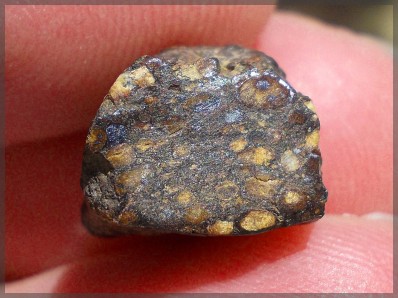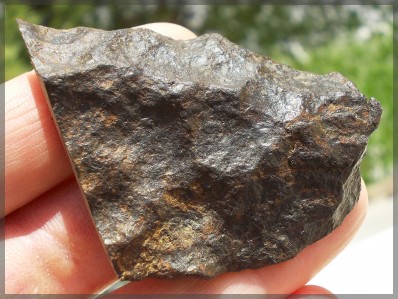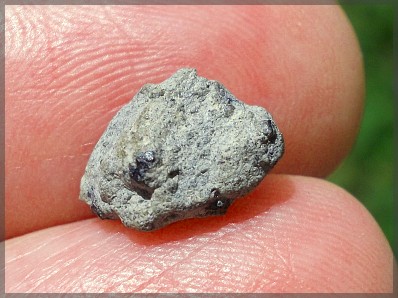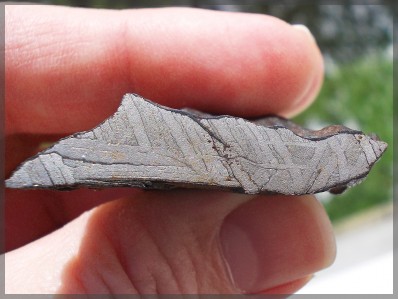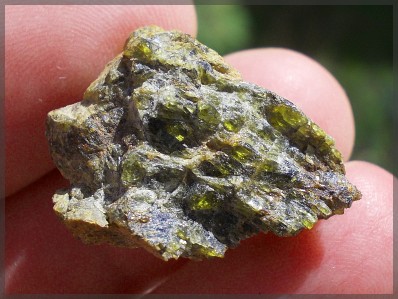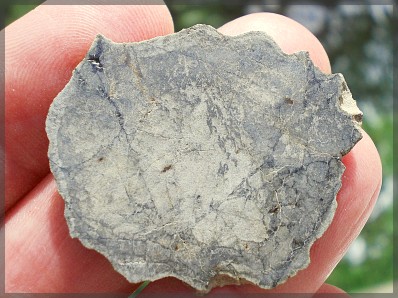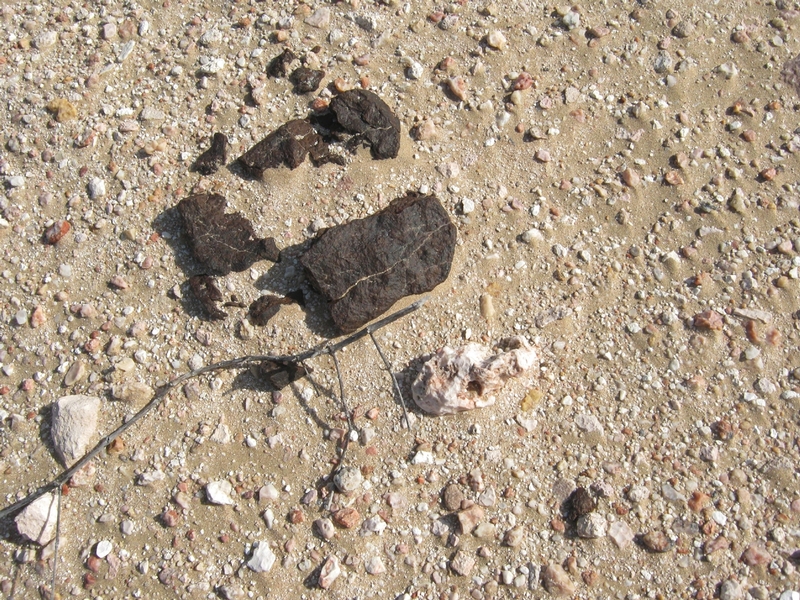Most meteorites are attracted by the magnet, but the particularity of meteorites compared to terrestrial rocks is that they have a fusion crust.
The fusion crust has been created on the surface of meteorites by crossing the Earth’s atmosphere.
This crust is like a very thin weak black film that can disappear because of erosion.
The chondrites fusion crusts are mat, but the achondrites crusts are more glossy.
As meteorites pass through the Earth’s atmosphere, air turbulence can create thumbprint-like depressions on the surface of meteorites called regmaglypts.
These regmaglypts don’t exist on Earth rocks.
By cutting a stone meteorite, you’ll see in most cases small metal grains and the presence of chondrules (small balls of approximately 1 mm) in the chondrites.
Iron meteorites can be identified through figures Widmanstätten revealed by acid on their polished surface.
Another solution to make sure that a stone is extraterrestrial is to test it with nickel. The meteorite metal always contains nickel. The Earth rocks don’t’. Dimethylglyoxime is used to highlight nickel in a sample.


